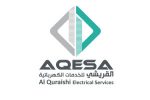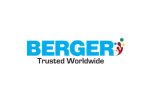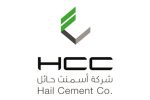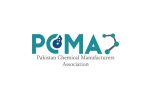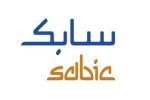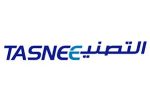Process Safety Management

Unexpected releases of toxic, reactive, or flammable liquids and gases in processes involving highly hazardous chemicals have been reported for many years. Incidents continue to occur in various industries that use highly hazardous chemicals which may be toxic, reactive, flammable, or explosive, or may exhibit a combination of these properties. Regardless of the industry that uses these highly hazardous chemicals, there is a potential for an accidental release any time they are not properly controlled. This, in turn, creates the possibility of disaster.
What CEIC Offers:
- Development and maintenance of written safety information identifying workplace chemical and process hazards, equipment used in the processes, and technology used in the processes.
- Workplace hazard assessment, including, as appropriate, identification of potential sources of accidental releases, identification of any previous release within the facility that had a potential for catastrophic consequences in the workplace, estimation of workplace effects of a range of releases, and estimation of the health and safety effects of such a range on employees.
- Consultative process development for employees to develop and conduct hazard assessments and the development of chemical accident prevention plans.
- Establishing a systematic process to respond to the workplace hazard assessment findings, addressing prevention, mitigation, and emergency responses.
- Workplace hazard assessment and response system development and implementation.
- Development and implementation of operating procedures for the chemical processes, including procedures for each operating phase, operating limitations, and safety and health considerations.
- Employee training in operating procedures, emphasizing hazards and safe practices that must be developed and followed.
- Contractors and contract employees training.
- Training of employees and contractors in emergency response procedures in a comprehensive and effective manner.
- Development of a quality assurance program for initial process-related equipment, maintenance materials, and spare parts fabrication and installation consistent with design specifications.
- Develop maintenance systems for critical process-related equipment, including written procedures, employee training, appropriate inspections, and testing of critical equipment to ensure ongoing mechanical integrity.
- Pre-startup safety reviews.
- Development and implementation of written procedures managing change to process chemicals, technology, equipment and facilities; and
- Incident and Accident Investigations


